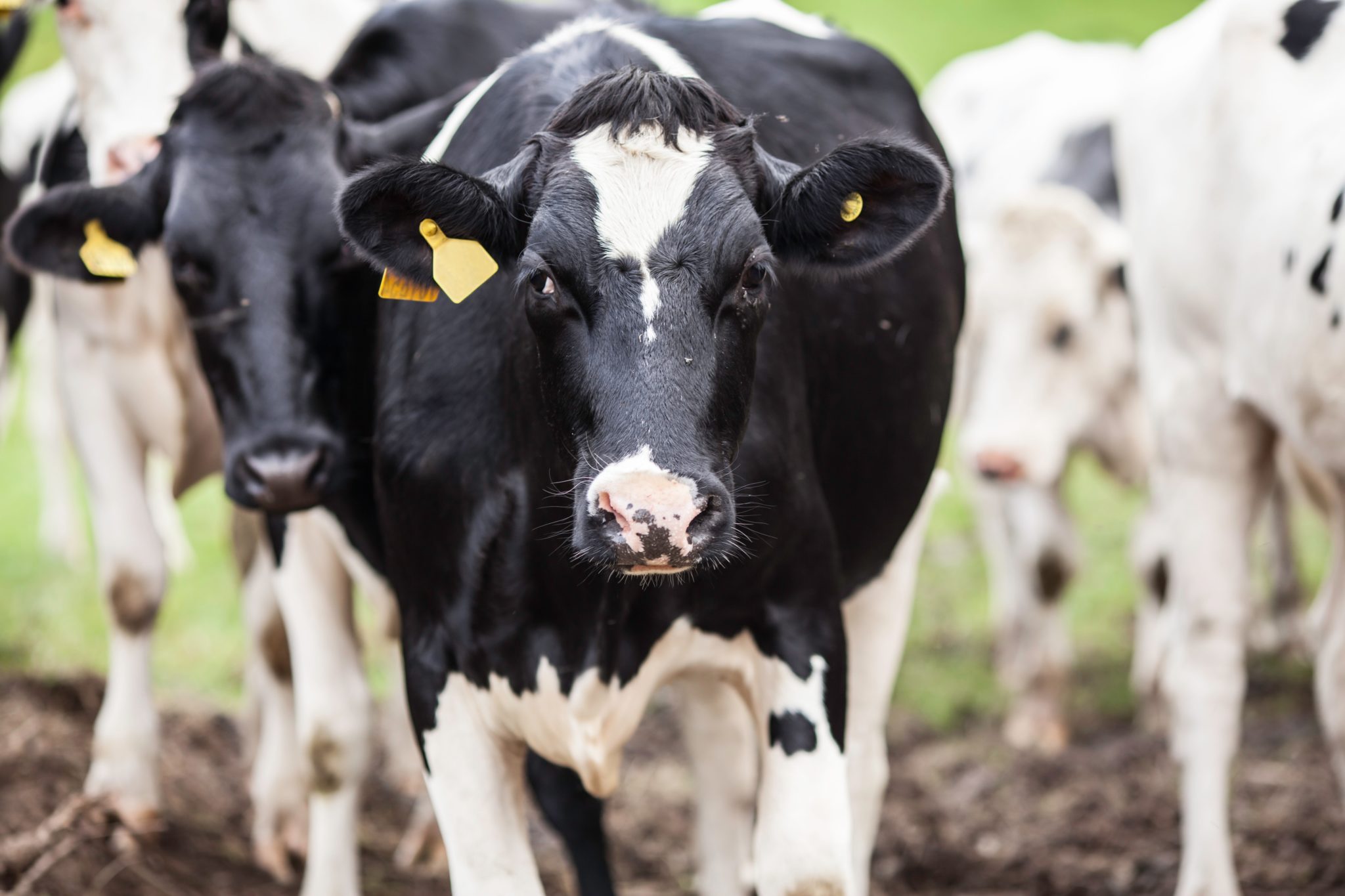The Q Fever Group, funded by the Australian Government Department of Agriculture as part of its Rural R&D for Profit program, with support from AgriFutures Australia and university and industry partners, brings together PhD students along with animal health and infectious disease experts from the University of Melbourne, University of Adelaide, Charles Sturt University, the University of Queensland, the Australian Rickettsial Reference Laboratory, Goat Vet Oz and Meredith Dairy to take the “Query” out of Q fever.
The project aims to improve the understanding of how and why Q fever can spread, recognising the severe risk to human health. This multidisciplinary three-year project will specifically look to understand Q fever reservoirs, amplification and transmission pathways in and outside Australian livestock farms to better understand the factors influencing the risk of Q fever spread within and between Australian livestock enterprises. This will assist the development of national guidelines for an emergency response plan to be used in the event of future Q fever outbreaks in Australia.
Q Fever Group Primary Investigator Professor Mark Stevenson, from the University of Melbourne’s Faculty of Veterinary and Agricultural Science, described the project as a necessary step to ensure we are all better prepared to manage Q Fever disease risk. Our biosecurity practices need to be aligned with the most up-to-date information on Q fever distribution (frequency and pattern) and determinants (cause and risk factors).
”We have some of the highest rates of human infection of Q Fever in the world, and a combination of climatic conditions that favour disease spread and a growing livestock industry makes us susceptible to outbreaks. Internationally, we have seen large-scale Q fever outbreaks resulting in ongoing health issues for infected people and even deaths,” said Professor Stevenson.
“By learning from these historic outbreaks, as well as developing a better understanding of the way Q fever spreads in Australian livestock, we will have the knowledge to better mitigate the risk of such outbreaks and their ramifications for both livestock and public health.”
Project manager Dr Bonny Cumming from the University of Melbourne highlighted the importance of communication and transparency for this project. “Extending the project’s findings to industry and the general public is critical to ensuring our research has tangible and practical benefits for those most impacted. Connecting livestock workers with key information about best practices to improve hygiene and reduce risk of Q fever transmission is a critically important step to help ensure the health and safety of our agricultural industry,” said Dr Cumming.
“Our aim is to ensure that through communicating our research findings, farmers, abattoir workers and other members of the livestock industry will be equipped with the necessary knowledge and resources to better protect themselves and their families from Q fever and its potentially debilitating consequences.”










